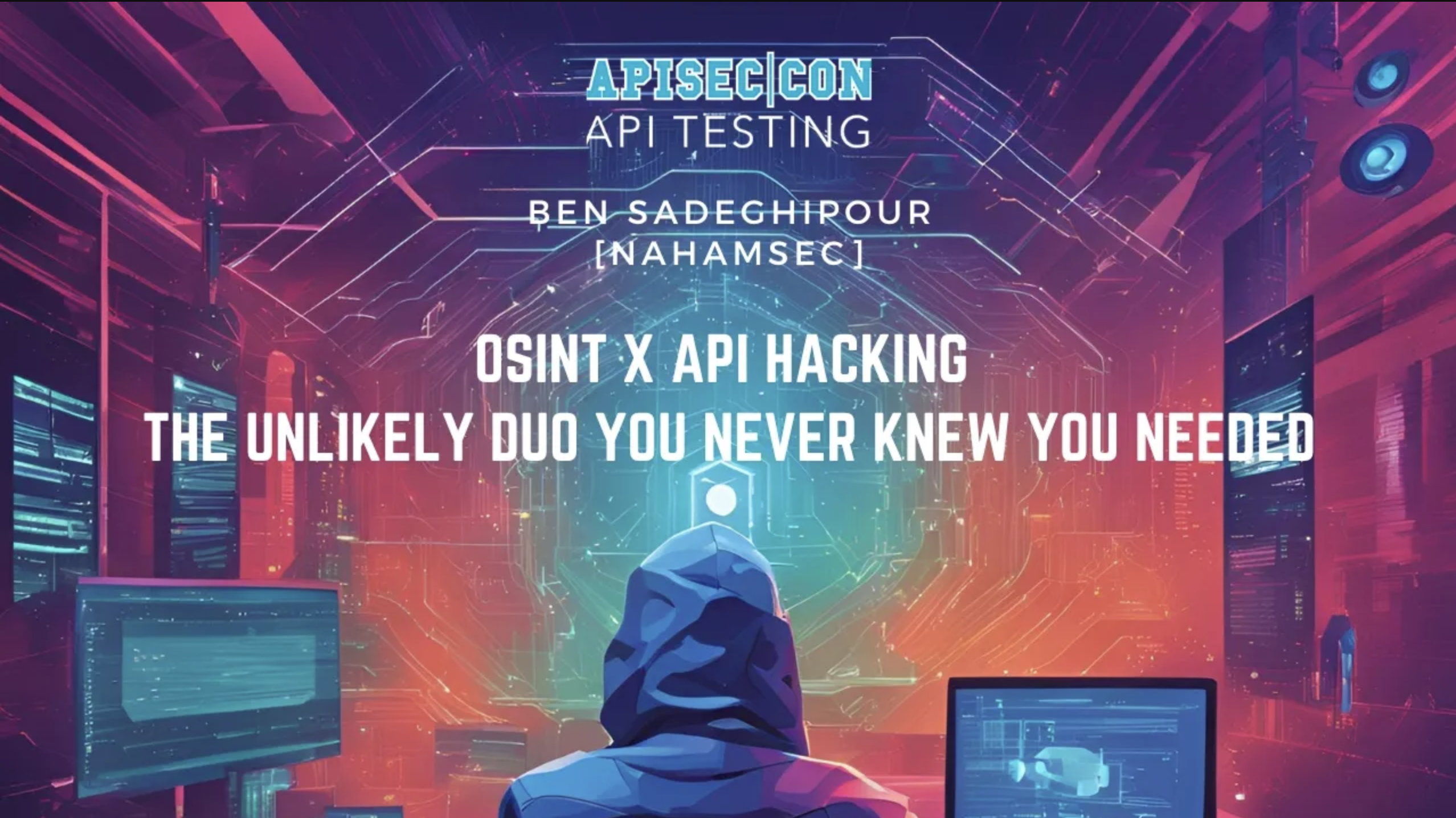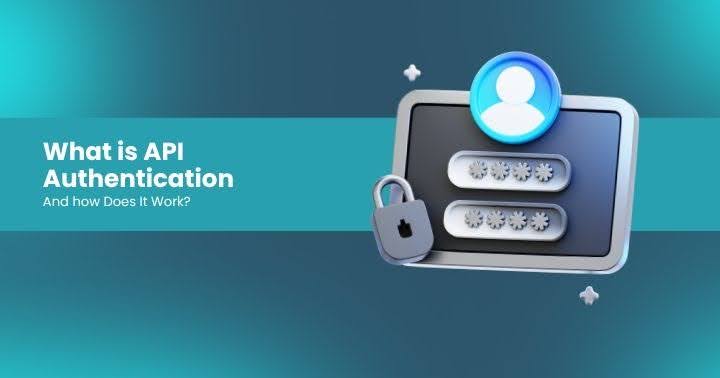When ENT Meets API Hacking: How Creative Recon Beats Traditional Testing
Think GitHub is just for finding leaked credentials? Think again. Learn how one hacker used ENT (Enumeration, Navigation, and Tinkering) tactics to turn passive recon into a goldmine of API vulnerabilities—even when access was blocked and documentation was nonexistent.

ENT Meets API Hacking: The Unlikely Duo AppSec Never Knew It Needed
When traditional API hacking methods hit a wall, how do you pivot? What do you do when you have no documentation, no Swagger files, no front-end, and zero context on the API?
That’s the question Ben “NahamSec”—a veteran bug bounty hunter—answers in this compelling walkthrough of advanced enumeration tactics. With 10+ years of hacking under his belt and a client list that includes Google, Facebook, Amazon, and Zoom, Ben reveals how ENT (Enumeration, Navigation, and Tinkering) becomes a powerful ally in modern API security testing.
Traditional API Testing is Not Enough
Most AppSec pros know the OWASP API Top 10: IDORs, SSRF, injections, authentication flaws, etc. These are foundational. But the problem? You often need a front-end or documentation to even find the right endpoints to test.
What happens when all you have is a domain and a login page in a foreign language? Ben walks us through what to do when you're locked out of the front door—and how to sneak in through the side window.
GitHub as a Recon Goldmine
From Secrets to Structure
Most hunters use GitHub to look for hardcoded secrets—API keys, JWTs, database creds. But Ben goes deeper: what if GitHub could reveal the API structure itself?
Using advanced GitHub dorking, Ben uncovered:
- Internal API routes that aren't publicly documented
- Application naming conventions
- Leaked curl commands with usernames and passwords
- Heap dump endpoints (hello, memory snapshots!)
These breadcrumbs often came from automation scripts, misconfigured internal repos, or developers unknowingly pushing sensitive structure details.
The Power of Heap Dumps
In one case study, an actuator endpoint was discovered (a Spring Boot feature), specifically heapdump. The result?
Ben extracted:
- Authorization headers
- Cookies
- Environment variables
- User credentials
Heap dumps, when misconfigured and exposed, offer a rare and powerful look into the memory of Java apps—an overlooked but potent vector.
When Crawlers Fail: Scaling Recon Across Regions
Ben targeted a global financial firm with subsidiaries across dozens of countries. The challenge?
- Different languages
- Varied signup requirements (national IDs, social security numbers)
- Unique endpoint naming in each region
GitHub again delivered. Developers from various branches had unknowingly uploaded app names, endpoints, and configs to public repos. With no access to the apps themselves, Ben could still build an attack surface map.
Postman.com: The Forgotten Recon Tool
Most think of Postman as just a tool to test APIs. But its website, postman.com, hosts thousands of public API workspaces—often published by developers unaware of the exposure risks.
Ben used Postman.com to find:
- Full API specs
- Environment files with hardcoded tokens
- Headers, secrets, and client credentials in plain text
- Internal endpoints otherwise impossible to brute-force
One key learning: Never stop at one request. Dig through every request tab—scripts, environments, headers—to mine the gold others overlook.
AI as a Recon Assistant
Facing language barriers and user enumeration challenges, Ben used AI tools like ChatGPT to:
- Generate likely usernames (e.g., ahernandez79, bcastillo90)
- Build custom wordlists with international name formats
- Decode application logic based on linguistic context
AI didn't just automate. It provided insight, enabling Ben to pivot faster in blackbox environments.
Rethinking Recon: From Secrets to Strategy
This methodology—ENT—flips the script. Instead of searching for bugs in visible endpoints, it builds context:
- GitHub = application scaffolding
- Postman = documentation repository
- AI = pattern recognition and wordlist generation
Ben repeatedly asks: What else can I do? That mindset is critical for any security professional in a blackbox scenario.
Final Takeaways for AppSec and DevSecOps Teams
- GitHub isn’t just for secrets. Use regex searches to discover new endpoints, API naming patterns, and internal logic.
- Postman.com is underutilized. Manual exploration can uncover environments, tokens, and deep functionality missed by automated scanners.
- AI is your recon partner. Especially in multi-language environments, it can accelerate hypothesis testing and data generation.
- Heap dumps can be explosive. Misconfigured actuators leak memory snapshots—sometimes with credentials or full route maps.
Wrapping Up
Bug bounty programs, red teams, and AppSec teams need to think beyond tools. It’s the mentality—not the scanner—that finds the gold.
By blending ENT tactics with creative recon, Ben shows how to build context where none exists. No docs? No Swagger? No front-end? No problem.
If you’re interested in training the next generation of hackers or want to dive deeper into these techniques, check out NahamSec.com or follow him online.
Latest Articles
Earn your APIsec University Certificate
Earn an APIsec University certificate and badge for completing any of our courses.
Post your badge on LinkedIn and share your accomplishments. You can even receive CPE credits for taking these courses.











